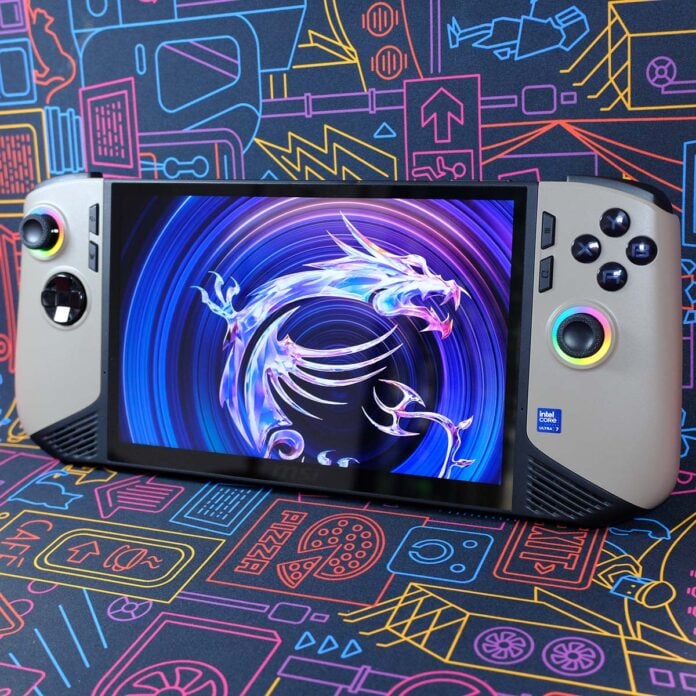Why do we fall? So we can learn to pick ourselves up again. Sagely wisdom from Michael Caine’s Alfred that encapsulates my perspective on MSI’s comeback story of heroic proportions that is Claw 8 AI+.
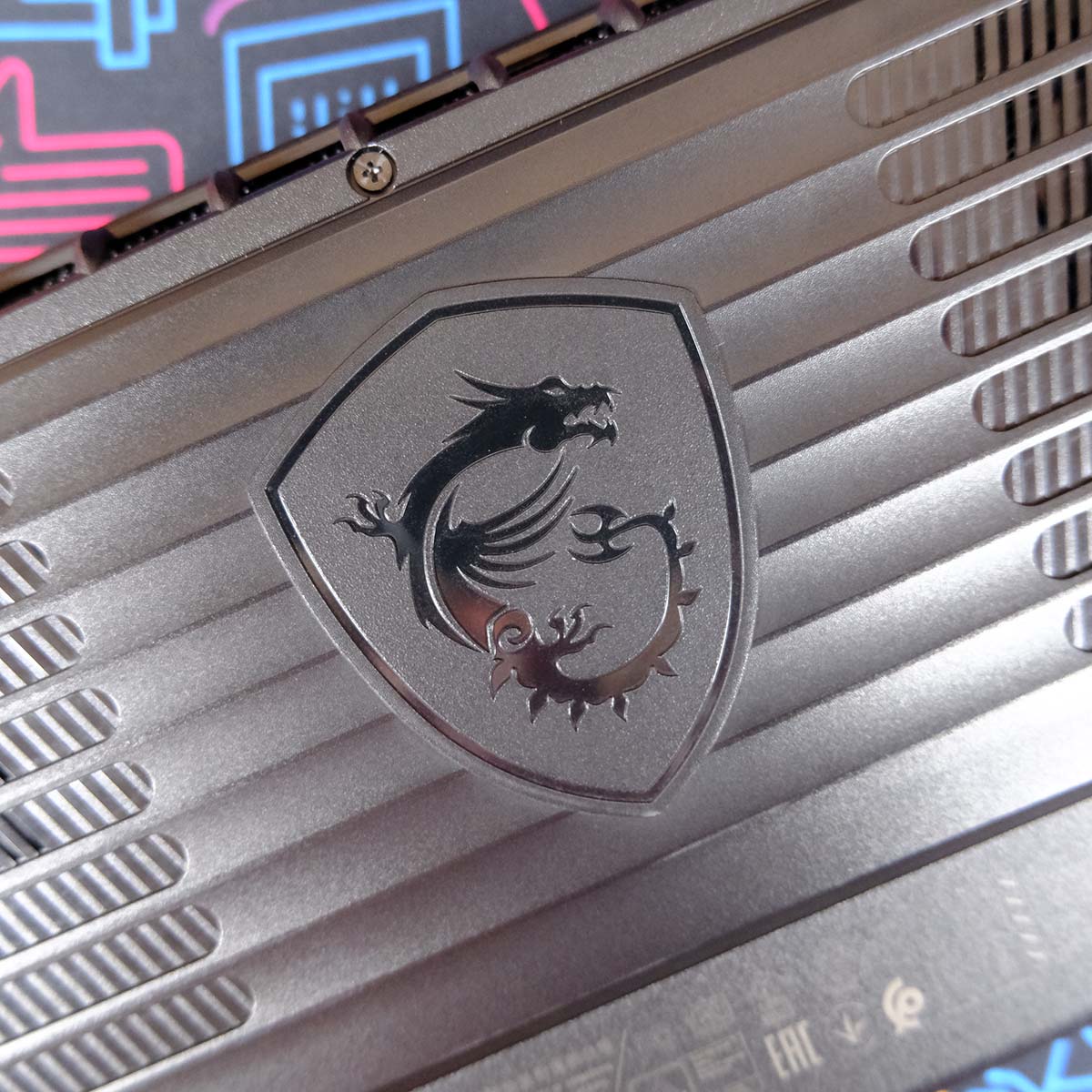

MSI Claw 8 AI+
£900 / $900
Pros
- Great APU performance
- Large, punchy, smooth screen
- Attractive, comfortable design
- Strong battery life
- Hall Effect sticks and triggers
Cons
- Relatively expensive
- Some software quirks
- No carry case included
Club386 may earn an affiliate commission when you purchase products through links on our site.
How we test and review products.
This sophomore effort is leaps and bounds more compelling than MSI’s previous offering, Claw A1M. Much of this appeal comes from more-advanced hardware under the hood, but changes to software and design also play their part.
While some room for improvement remains, it’s clear that Claw 8 AI+ escapes from the large, looming shadow of its predecessor and then some. Perhaps more impressively, the system’s whet my appetite for more Intel-based handhelds.
Specs
| MSI Claw 8 AI+ | |
|---|---|
| CPU | Intel Core Ultra 7 258V |
| GPU | Intel Arc 140V |
| RAM | 32GB LPDDR5X-8533 |
| Storage | Kioxia BG6 1TB |
| Battery | 80WHr |
| Display | 8in IPS (1920×1200 / 120Hz) |
| Speakers | 2W (x2) |
| Connectivity | 3.5mm Mic-in/Headphone-out (x1) Bluetooth 5.4 microSD card reader (x1) Thunderbolt 4 w/ DP Alt. & PD 3.0 (x2) WiFi 7 |
| OS | Windows 11 Home |
| Weight | 795g |
| Dimensions | 299 (W) x 126 (D) x 24mm (H) |
| Extras | 65W charger Fingerprint reader |
| Price | £900 / $900 |
Design
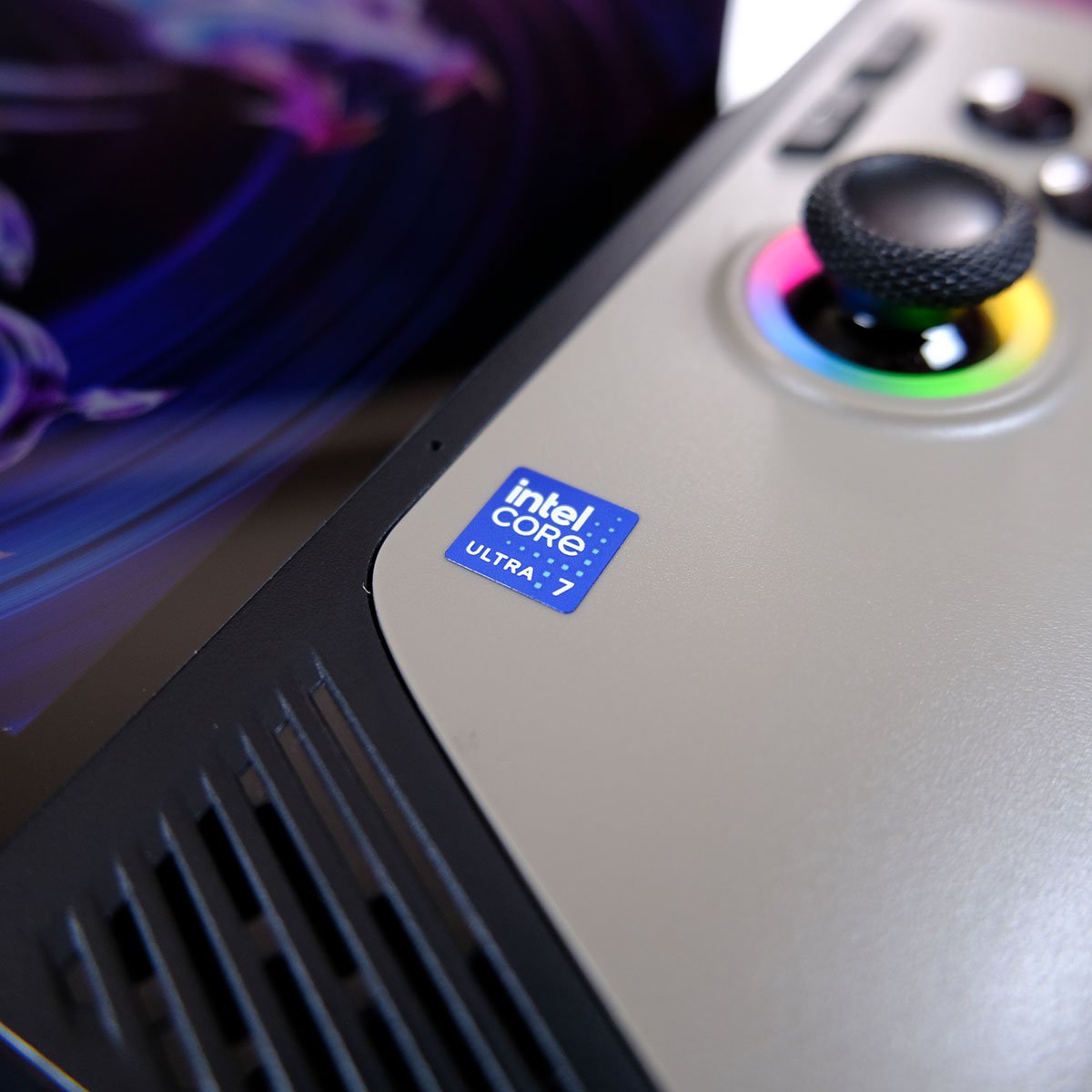
MSI places Core Ultra 7 258V at the heart of Claw 8 AI+, netting the handheld Intel’s most-powerful integrated graphics via Arc 140V. While going with Core Ultra 7 268V would’ve provided higher clock speeds, I doubt a 200MHz boost to CPU and GPU frequencies would prove earth-shattering.
Going with this particular SoC also nets the system 32GB of on-package LPDDR5X-85333, in place of 16GB alternatives. I’m glad MSI didn’t skimp on this specification given the lack of upgradability. Such a capacity may seem overkill in the short term, but will improve the longevity of the system as time passes and game system requirements continue to grow.
This combination of core specifications is a massive step up from Claw A1M’s internals. Intel Meteor Lake and Alchemist architectures showed promise but simply weren’t as reliable nor performant relative to AMD alternatives, predominantly Z1 Series APUs. Tagging in Lunar Lake and Battlemage, respectively, results in a much more stable and powerful system.
Outside of these internals, MSI kits Claw 8 AI+ with 1TB of storage courtesy of Kioxia BG6. You can swap this out for a larger SSD, or supplement the system via microSD card. This is a perfectly spacious setup for a handheld, though I’d welcome variants with smaller capacities to drive down the barrier to entry.
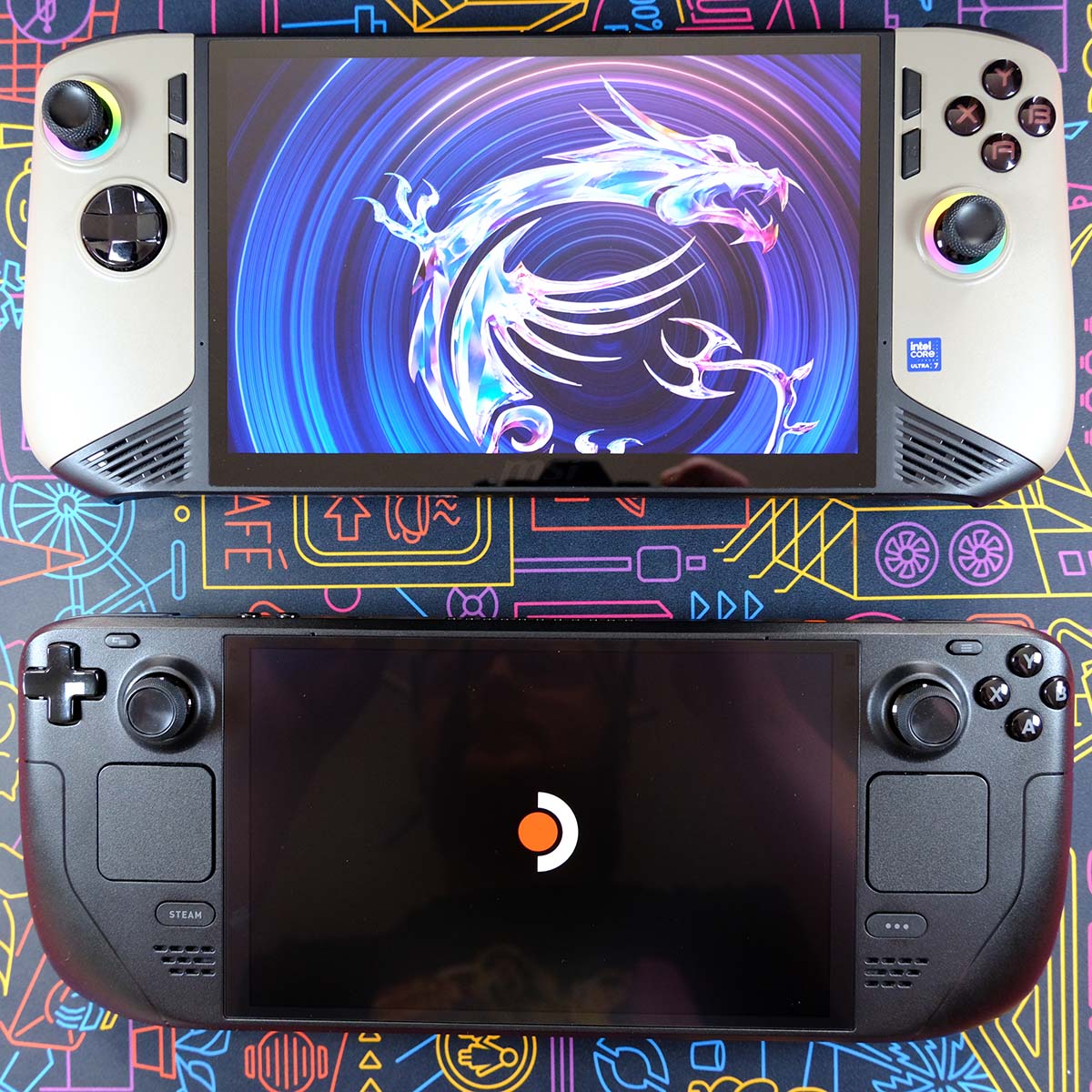
Claw 8 AI+’s 8in screen is appreciably larger than Steam Deck (7in) and ROG Ally (7in), matching the likes of Legion Go S in size. In terms of panel specification, this is the usual 1920×1200 resolution and 120Hz combo premium handhelds commonly offer. Nonetheless, it’s undeniably sharp and smooth to use, with VRR (Variable Refresh Rate) making it all the easier to enjoy the device’s refresh rate.
Valve remains the only major manufacturer in this space to offer an OLED panel, as MSI and others stick with backlit IPS. There are advantages to this approach, namely higher peak SDR brightness at 500nits which makes it easier to use Claw 8 AI+ in direct sunlight. There’s also no risk of burn-in, either.
I didn’t necessarily believe I’d prefer having a larger backlit display over an OLED, but that extra inch of screen real estate often makes for a wonderfully immersive gaming experience by virtue of size alone. Oftentimes I’d reach for Claw 8 AI+ over my Steam Deck to play the likes of The Witcher III: Wild Hunt, Balatro, and others for this reason.
Solid as this IPS panel is, I do miss the inky-black contrast of OLED as well as the panel technology’s lower brightness floor that makes late-night gaming easier on the eyes. I’d love to see MSI pack such a screen into Claw 8 AI+ revision or successor, as this would also gift the handheld support for HDR, too.
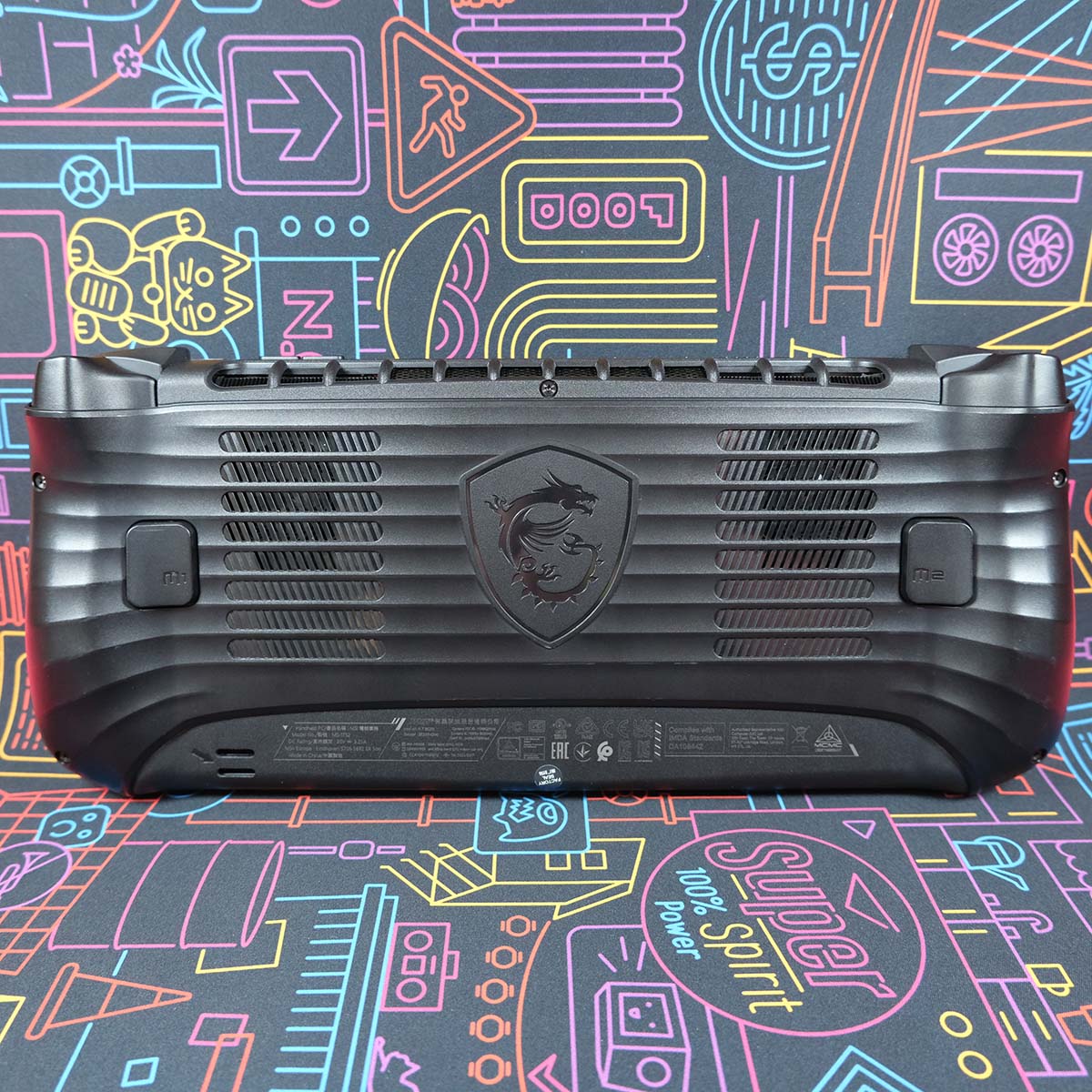
A large screen necessitates a large chassis. Claw 8 AI+ measures in at 299 (W) x 126 (D) x 24mm (H) and weighs 795g, making it a relative chonker to other handhelds in the space save Legion Go. However, this heft thankfully doesn’t get in the way of an enjoyable gaming experience.
Holding Claw 8 AI+ for hours at a time, my hands confidently and comfortably grip the system as my palms press into the system’s rounded sides and fingers nestle into the ribbed contours that line the back of the chassis. Finger placement feels natural, as my left and right index naturally rest atop bumpers, switching to triggers as necessary. Meanwhile, my middle digits rest on back paddles without a second thought.
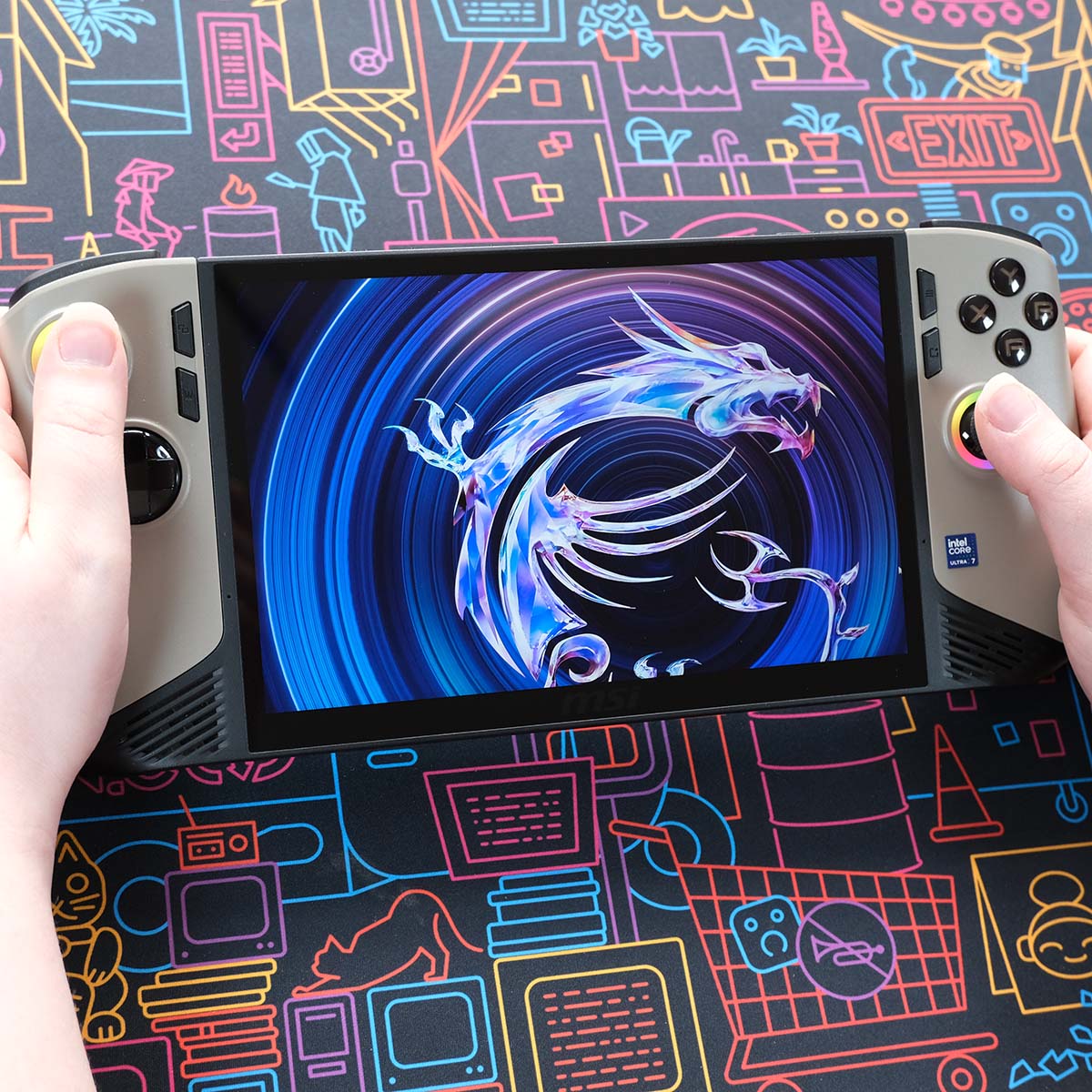
I’m glad to see MSI adopt a mature design language with Claw 8 AI+, with aesthetics that merely hint rather than scream gaming device. You can now grab the system in white as a ‘Polar Tempest Edition’ but something about the uniqueness of a beige colourway speaks to me.
As much as I love the appearance and feel of Claw 8 AI+, I only wish it was easier to transport. This handheld doesn’t come with a carry case unless you opt for the more-expensive and hard-to-find ‘super pack,’ which also comes with a 100W adapter (in place of the standard 65W plug) and docking station.
I’m of the opinion cases should come as standard with handhelds, as they do with Steam Deck and Legion Go. While laptops have their clamshell chassis to keep the likes of keyboard and trackpad safe, Claw 8 AI+’s thumbsticks, screen, and more are at the mercy of your bag which doesn’t sit comfortably in my mind.
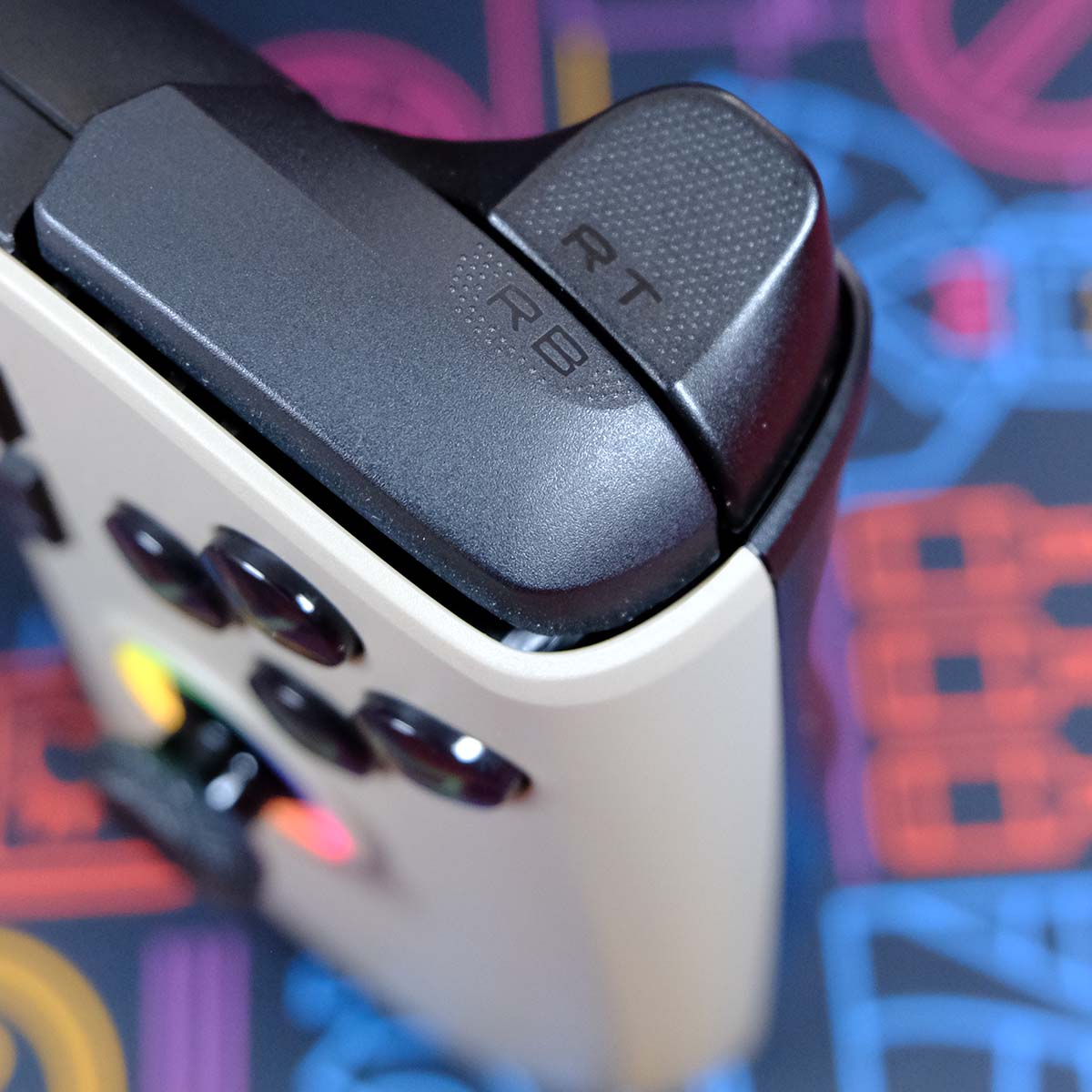
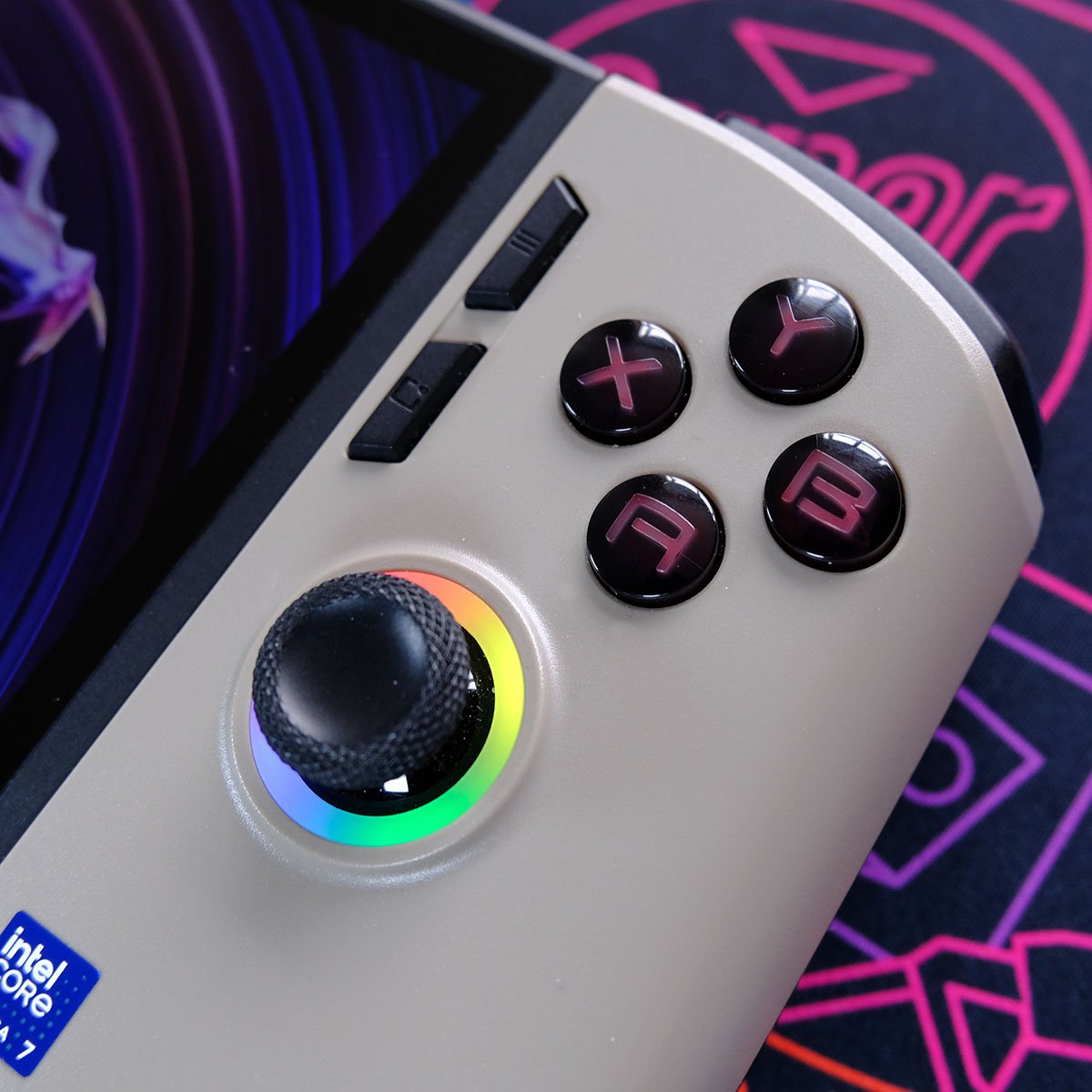
While I prefer a symmetrical thumbstick layout where possible, Claw 8 AI+’s asymmetrical approach is plenty comfy and affords extra room for large backlit face buttons that are easy to reach and satisfyingly tactile. This same feeling of satisfaction applies to the directional pad too, as MSI successfully emulates the qualities of Microsoft’s Series S/X controller.
I should also note that Claw 8 AI+ welcomingly arrives with hall-effect analogue sticks and triggers. This isn’t a given among premium handhelds, with ROG Ally X proving a notable exception. All the same, their inclusion will further prolong the lifespan of MSI’s system, ridding the possibility of unwanted stick drift.
ARGB LED rings also surround the thumbsticks, which you can tweak to your liking or turn off altogether. I prefer to disable them in service of prolonging battery life by however small a percentage but they can add a certain flair to Claw 8 AI+.

Dual Thunderbolt 4 Type-C ports at the top of Claw 8 AI+ provide ample connectivity for peripherals. These serve as charging inputs, but are also your method for connecting the handheld to external displays via DP Alt. Mode. Rounding out the port selection is a 3.5mm headphone jack on the upper side, next to the volume rocker.
Inputting PINs and passwords on handhelds can prove fiddly, but you can easily unlock Claw 8 AI+ through the power button’s built-in fingerprint reader. I much prefer this method if only for the sake of keeping the device’s screen clean, but credit where it’s due to this responsive reader.
Cutting the cord, Claw 8 AI+ comes with Bluetooth 5.4 and WiFi 7. The system remains happily connected to my home network with no noticeable issues, with wireless mice and other devices similarly operating smoothly.
Performance
Out of the box, Claw 8 AI+ defaults to a 17W TDP for games via the device’s ‘AI Engine’ user scenario (i.e. power limit). However, it’s possible to increase this to 30W and 37W for PL1 and PL2, respectively.
PL1 refers to long-term power limits for the CPU, while PL2 is how much the processor can draw in short bursts. Raising these values will typically increase performance on Claw 8 AI+ at the expense of battery life.
To test gaming performance, I have benchmarked several titles at stock power limits as well as maximum TDP. I’ve also run the same tests on Steam Deck OLED to provide a point of comparison.
Cyberpunk 2077
Kicking things off with a mainstay across handhelds, Cyberpunk 2077. This is one of several games to feature a ‘Steam Deck’ preset, which switches video settings to those more accommodating to Valve’s handheld. Suffice to say, Claw 8 AI+ should have no problem running the game like this.
| Steam Deck (No FSR) | |
|---|---|
| Claw 8 AI+ (30W, Manual) | FHD+: 31 / 37fps HD+: 49 / 61fps |
| Claw 8 AI+ (17W, AI Engine) | FHD+: 24 / 31fps HD+: 35 / 49fps |
| Steam Deck OLED (15W, Stock) | FHD+: N/A HD+: 29 / 33fps |
Switching FSR off, we see the raw performance differences between Claw 8 AI+ and Steam Deck OLED laid bare. At HD+ (800p), Valve’s system musters an average frame rate of 33fps, dipping to a 29fps minimum. Meanwhile, MSI’s offering turns in a far-superior 49fps and 35fps, respectively, at stock power limits.
Interesting as it is to closely match Claw 8 AI+ and Steam Deck, the former doesn’t have to settle at HD+. Rising to FHD+ (1200p), the system manages 24/31fps at 17W. That’s not a comfortable amount of headroom, nor an optimal minimum frame rate, but employing XeSS 2 even in Ultra Quality mode addresses both of these concerns.
Cranking voltage to 30W leads to healthy boost in frame rates, albeit in a non-linear fashion. For a 76% increase in watts, Claw 8 AI+ runs Cyberpunk 2077 just 19% faster at FHD+, and 24% the better at HD+.
Credit where it’s due, 17W is clearly a sweet spot for performance and efficiency. I’ve got no complaints in sticking with Claw 8 AI+’s stock configuration in this game, as frame rates, battery life, and noise levels are all up to par. Having the option to go further at 30W is welcome but not essential.
Forza Horizon 5
While frame rates in the region of ~30fps are acceptable for slow-paced games, 60fps+ is practically a must for racing titles such as Forza Horizon 5. Achieving such performance on Steam Deck is possible, but Claw 8 AI+ offers a smoother ride.
| Low | |
|---|---|
| Claw 8 AI+ (30W, Manual) | FHD+: 71 / 80fps HD+: 92 / 106fps |
| Claw 8 AI+ (17W, AI Engine) | FHD+: 64 / 74fps HD+: 86 / 96fps |
| Steam Deck OLED (15W, Stock) | FHD+: N/A HD+: 51 / 62fps |
Dropping to ‘Low’ quality settings, Steam Deck achieves a 62fps average but Claw 8 AI+ turns performance up a gear with a 96fps result at the same resolution and 17W. Even under the strain of FHD+, MSI’s handheld is a cut above running at 74fps.
Driving with 30W behind the wheel, Claw 8 AI+ doesn’t spectacularly improve frame rates. At HD+, there’ a 10% bump while FHD+ sees an 8% improvement.
Red Dead Redemption 2
Something of a forever favourite among handheld gamers, Red Dead Redemption 2 still pushes portable systems despite the game’s age. Rockstar doesn’t include named presets in the options menu, instead providing 20 collections of settings. I’m using the lowest possible of the bunch to see how many frames both Steam Deck OLED and Claw 8 AI+ can throw out.
| Lowest | |
|---|---|
| Claw 8 AI+ (30W, Manual) | FHD+: 34 / 68fps HD+: 42 / 100fps |
| Claw 8 AI+ (17W, AI Engine) | FHD+: 25 / 54fps HD+: 32 / 75fps |
| Steam Deck OLED (15W, Stock) | FHD+: N/A HD+: 31 / 47fps |
Once again, Claw 8 AI+ is well-clear of Steam Deck at HD+ (47fps vs. 75/100fps) and offers higher performance even at FHD+. Controlling Arthur on foot, cart, or horse is much easier at higher frame rates and the game greatly benefits from a higher resolution and larger screen size.
Of course, with more headroom it is possible to push graphics quality up on Claw 8 AI+. Personally, I’d opt for an FHD+ experience at 17W and push fidelity up until hitting a 30-40fps average. 30W does increase frame rates by a strong 33% at HD+, and 26% at FHD+, but I’d take the longer battery life in this case.
Doom: The Dark Ages
Finally, I want to take a look at Doom: The Dark Ages. This is one of the latest in a growing number of examples of modern games that are simply too difficult for Steam Deck to run, and I’m curious to see how such a demanding title fairs on each handheld.
| Low | |
|---|---|
| Claw 8 AI+ (30W, Manual) | FHD+: 18 / 24fps HD+: 18 / 27fps |
| Claw 8 AI+ (17W, AI Engine) | FHD+: 14 / 19fps HD+: 16 / 25fps |
| Steam Deck OLED (15W, Stock) | FHD+: N/A HD+: 18 / 25fps |
Turns out the Doom Slayer’s latest venture is too much for either system at native resolution. Mandatory ray tracing isn’t doing either device any favours, but I did expect greater performance from Claw 8 AI+ on account of Intel Xe2’s more-advanced pipeline relative to Steam Deck’s RDNA 2 integrated graphics.
Sadly, extra voltage doesn’t provide any salvation against such an overwhelming workload, either. 13 extra watts nets a measly additional 2fps at HD+, with FHD+ faring slightly better with a 5fps increase. Still, neither push past that all-important 30fps threshold.
Using XeSS, I was able to craft a playable experience at 17W. Echoing findings in Cyberpunk, it seems upscaling technologies are the smarter play for performance rather than cranking up power.
Software
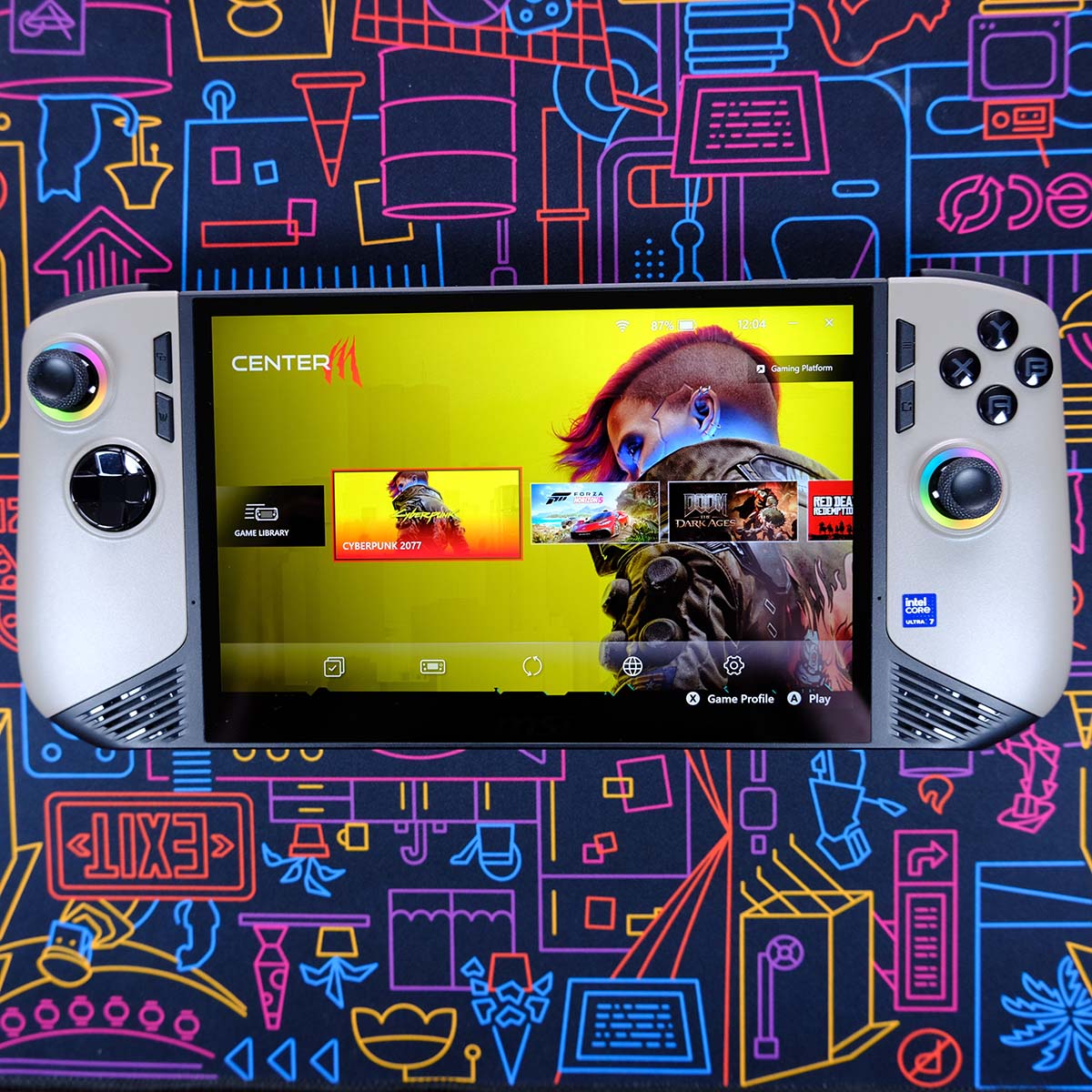
Like the majority of handheld PCs, Claw 8 AI+ turns to Windows 11 Home for operating system duties. At the time of writing, Steam Deck and Legion Go S are the only devices to use SteamOS instead.
Microsoft is yet to deploy a console-like Windows interface, leading MSI to develop ‘Center M’ and a ‘Quick Settings’ overlay to make managing Claw 8 AI+ easier. Each are conveniently a mere press of a face button away and carry out their functions without fuss most of the time, but the experience of using each isn’t without issue.
MSI doesn’t set Center M as the default startup screen out of the box, but it’s my preferred option for the sake of convenience. From the application’s main screen, I can quickly launch recently played games via a carousel menu, and intuitively access device settings, as well as check for system updates.
I particularly welcome shortcuts to multiple storefronts. While it’s certainly possible to get the likes of Ubisoft Connect, Epic Games, etc. accessible at the press of a button on Steam Deck, the process is far simpler on Claw 8 AI+. I just wish MSI allowed for custom additions, as my GOG library is feeling left out.
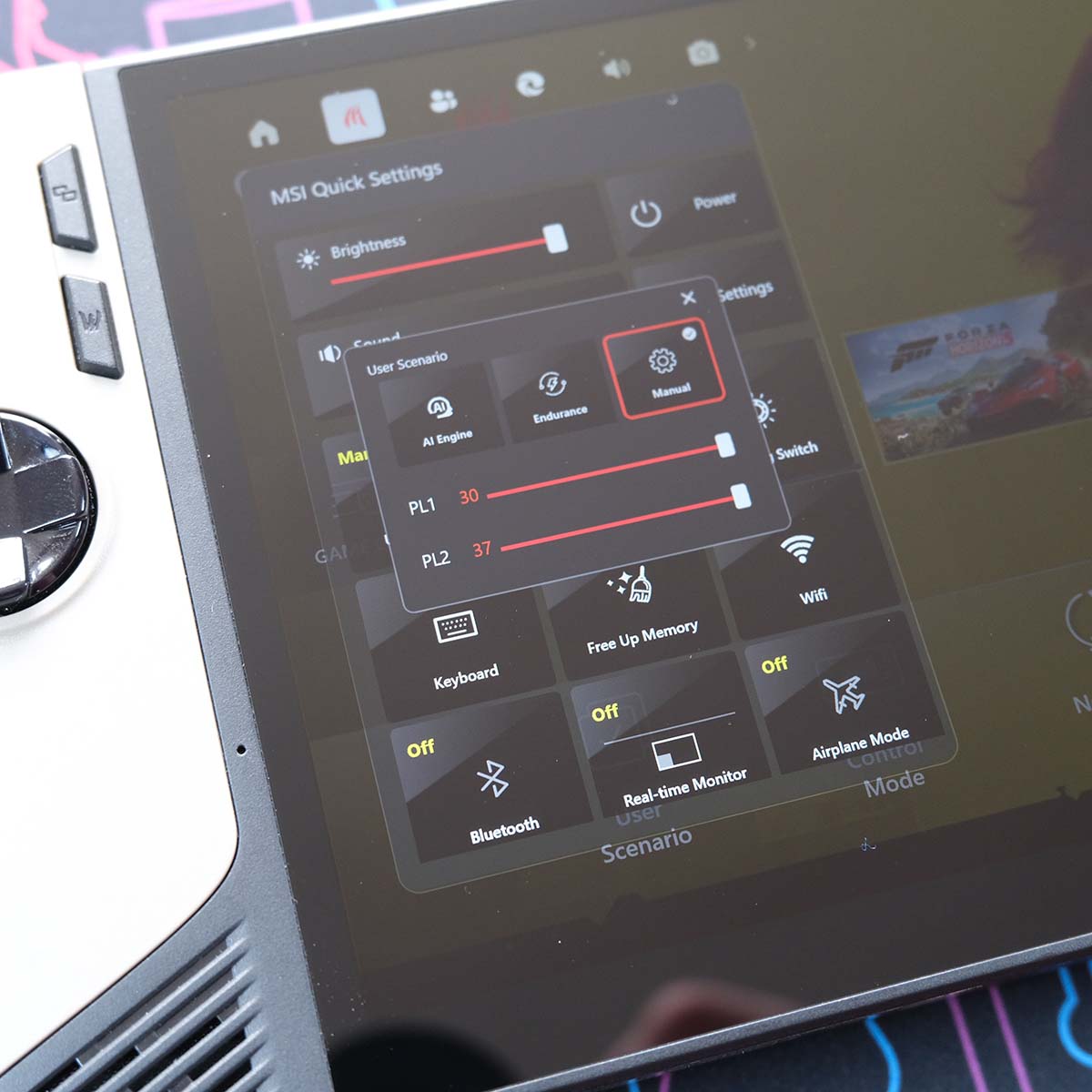
However, I’ve spent the majority of my time with the ‘Quick Settings’ overlay. From here I can quickly tweak power limits, switch between control models (gamepad and desktop), as well as tune brightness and volume. I’m thankful MSI allows for menu customisation, too, as I’d much rather have quick access to an RGB toggle than Copilot.
When the menu works, it’s a convenient tool but I encountered problems with it more often than I’d like. The most annoying issue I have with the overlay concerns stability. Oftentimes, Quick Settings would become inexplicably unresponsive, forcing me to either close and reopen it or restart the system entirely. There were also instances where tabs would bug and overlap, making it impossible to see what I was doing.
These are all problems that future software updates can resolve, and to MSI’s credit I’ve seen several deploy over my time with Claw 8 AI+. I’m fairly confident that with a few more tweaks, Quick Settings should work just as flawlessly as something like Valve’s own overlay.
Finally, while Windows 11 isn’t a perfect operating system for handhelds by any means, it does come with some advantages over SteamOS. Chiefly, you won’t run into any issues concerning anti-cheat or application compatibility.
Battery
With an 80WHr battery to play with, Claw 8 AI+ delivers plenty of playtime on a single charge running at stock 17W power limits. This handheld’s provided me hours of entertainment, at home and on the train, with charge to spare.
In an attempt to test the limits of Claw 8 AI+, I sat down with the intent of playing Cyberpunk 2077 for as long as possible with screen brightness set to 50% and speakers at 20%. Running the APU at 17W, resulting in total system power of ~26W, I was able to squeeze just under three hours of playtime out of the system.
Of course, running at 30W pushes battery life down considerably. Under the same conditions I was able to enjoy Cyberpunk 2077 for 1hr 40mins. This reduction in playtime did come with slightly higher performance, but also caused system fans to become audible whereas they largely faded into the background at 17W.
Finally, some lightweight games such as Balatro, Stardew Valley, and more will run just fine at 8W. I actually wasn’t able to bring Claw 8 AI+ from full to flat in this mode, but did see battery life decrease by about 20% per hour, which should translate to 5 hours of playtime.
Conclusion
Claw 8 AI+ is a redemption arc for the ages. This is the Intel handheld we were waiting for, with enough efficiency, stability, and performance to properly rival the growing number of competitors powered by AMD.
Pending improvements to software, the only thing going against Claw 8 AI+ is price. Retailing for $900 / £900, the system is the most expensive handheld on the market from major manufacturers. For context, you’ll find ROG Ally X for $800/ £800. Meanwhile, both Legion Go and ROG Ally can be yours for ~$650 / ~£600, offering broadly similar specs and performance.
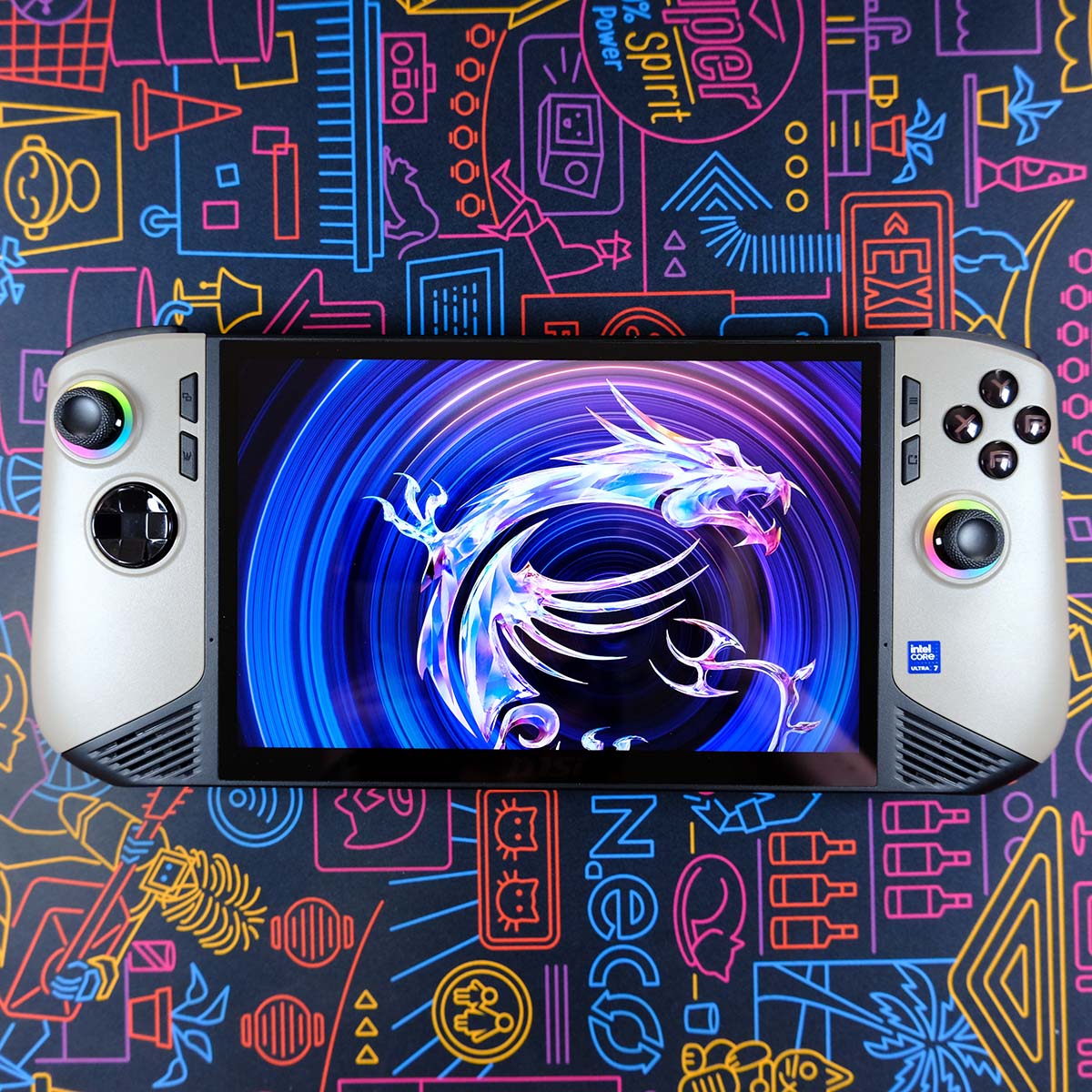
With a $100 / £100 discount, I think Claw 8 AI+ would be fairly priced but it feels a touch too expensive taking into account the wider market. If you can find it with such savings then the handheld’s a no brainer, otherwise I’d suggest shortlisting it.
I’m curious to see how Claw 8 AI+ stacks up against sibling system Claw A8, and other forthcoming Z2 Extreme systems, but I’m confident now that the race will be far closer than I initially anticipated. Here’s hoping this handheld marks the beginning of some welcome competition between AMD and Intel in the space.

